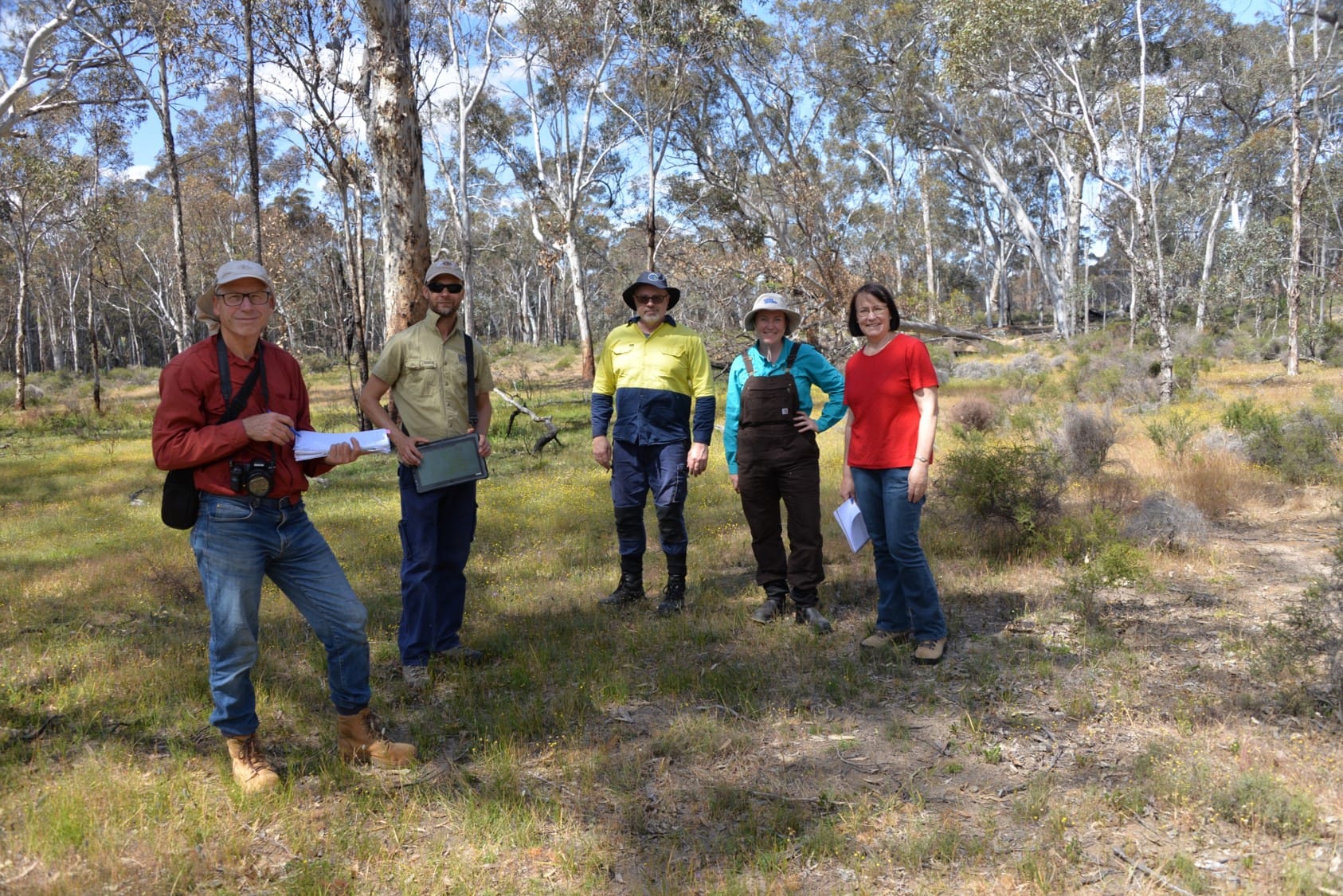TERN’s new infrastructure will better capture environmental changes across time and space for research on projecting and evaluating impacts of climate change in key transitional ecosystems.
After 2 years’ delay due to COVID, a brilliant job has been undertaken by TERN’s field teams in completing the initial monitoring of three new Western Australian TERN transects – Banksia woodland, Wandoo, and Mulga-line. The line marks a boundary between Acacia-dominated shrublands and Eucalyptus-dominated open woodlands in WA. The initial monitoring included applying standard TERN vegetation and soil protocols and ant sampling and involved about 32 TERN plots.
The project is made possible by co-investment from the Western Australian (WA) Government and WA-based TERN partners and is allowing TERN to undertake critical expansion of its NCRIS funded ecosystem monitoring, particularly with respect to ecosystem biodiversity.
TERN is developing and trialling a new framework, including indicators for monitoring biodiversity (flora and fauna). The framework is being deployed across a larger range of sites than the current three TERN SuperSites in WA (see links below). The expanded sites have been established in mini transects (~100 km) centred around these SuperSites and extending east/west or north/south along climate gradients. These now provide three climate transition transects within and adjacent to the Southwest Botanical Province (a biodiversity hotspot).
The intention of this new infrastructure is to better capture environmental changes across time and space for research on projecting and evaluating impacts of climate change in key transitional ecosystems. The plan is to eventually roll out the framework nationally across TERN.
Complementing the transects is new infrastructure for ecosystem productivity monitoring and stress detection, which includes special spectro-radiometers to measure the solar-induced chlorophyll fluorescence (SIF) signal (emitted from within leaves as a measurable indicator of photosynthesis) from the mast of the flux tower at each of the three SuperSites in WA to provide a measurable indicator of productivity.
This will allow monitoring of photosynthesis and physiological stress across a range of ecosystem types over time and how they response to environmental stresses such as water stress (drought) and heat stress. It will also enable calibration and validation of models and remotely sensed data, and scaling from processes at leaf level to whole canopy, landscape and continental levels, which will contribute towards addressing a gap within TERN.
Other project activities made possible with the WA grant relate to deploying terrestrial lasers to inform about vegetation structure. This allows better linkage between plot, canopy and landscape measures undertaken by TERN. PAR nodes have also been installed to allow better characterisation of light penetration and use through the canopy. PAR is the abbreviation for Photosynthetically Active Radiation and measuring it assists with our understanding of the unique spatial patterns that different plants have for displaying photosynthetic surfaces.







